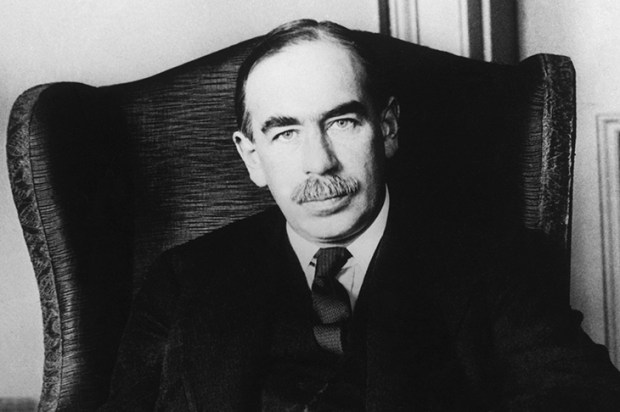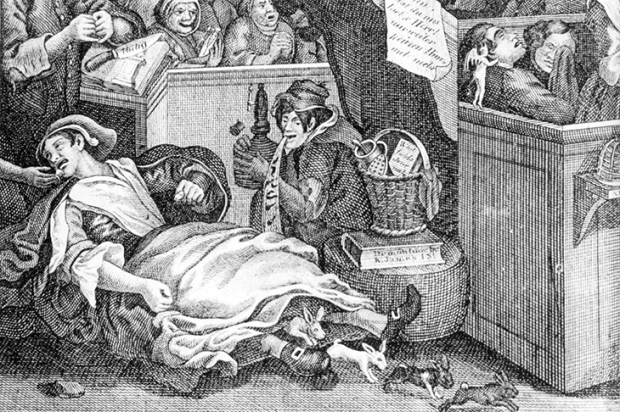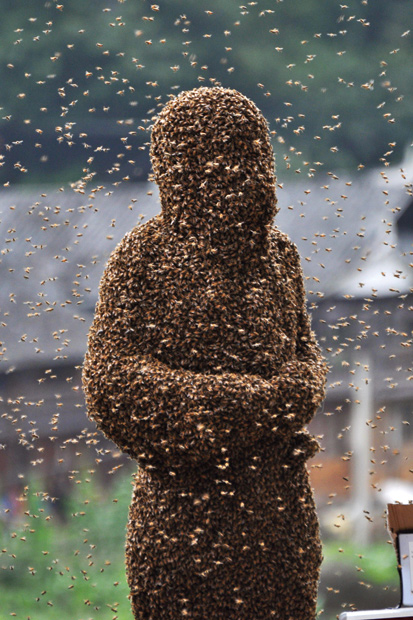Esther Freud wrote dazzlingly in the first person through the eyes of a five-year-old child in her first novel, Hideous Kinky (1992). What made that book so captivating was the young narrator’s sweet, naïve total acceptance of the chaotically nomadic existence her hippy mother brought her to in Morocco. The first-person voice was enchantingly concise, always noticing colours, as little girls do (‘the red and green town’), and unquestioningly stating the facts: ‘Bea and I waited at the Polio school while Mum looked for somewhere else to live.’
Freud’s latest novel, Mr Mac and Me, is also written in the first person through the eyes of a child: a 12-year-old boy in 1914 called Thomas Maggs, the only surviving son in a large and poor innkeeping family near Southwold. This time I don’t think she gets the voice right. Perhaps it helped in Hideous Kinky that Freud did go to Morocco with her mother as a young girl in the 1960s. Real, sharp memories shone out of that book, as they also did in her recent book about training to be an actress, Lucky Break.
It is not easy for a middle-aged woman to get inside the head of a 12-year-old innkeeper’s son in 1914 with a twisted foot. Freud has a cottage in Walberswick (this novel falls into the category of ‘second-home literature’, a genre all novelists should perhaps be wary of), and you can tell she wants to thank the lovely, welcoming village by writing a beautiful book about an imagined local boy’s friendship with the architect Charles Rennie Mackintosh. The latter did genuinely stay in the village in 1914 and was indeed briefly arrested for being a spy, on the grounds that he kept some German books in his cottage and used his spyglass a lot (to examine the local flora — he was a good botanical watercolourist, as the fritillary on the book jacket shows).
Freud has done her research: full marks for the Zeppelin raid, and the exploded airship, and Dora (the Defence of the Realm Act), and what it was like to make rope, walking backwards. But good research is not enough to convince the reader of the most important aspect of a novel: that the boy narrator is real. It’s tricky when writing through the eyes of a child to set the vocabulary at the right level. Freud errs too far on the side of stylised-boy-poetic, so the voice that speaks to us for 290 monotone pages sounds like that of a sophisticated female writer saying, ‘Let’s have the boy think this beautiful rural thought.’ For example:
We watch as the starlings draw together, as dense and shifting as a shoot of coal, and then with a pause as if preparing to amaze us, they swarm away in the shape of an arrow-headed kite, one tiny silver bird fluttering at its tip.
‘As a shoot of coal’? You might say that this is just the simile a 12-year-old boy in 1914 would use to describe a flock of birds. It is, in theory; but in practice, would a boy really write or think like that? For me the book was a catalogue of unconvincingly elevated descriptions and unlikely minor episodes, after each of which I thought, ‘Well, that would not have happened.’ Would Thomas really have thrown Mr Mac’s book across the floor because it contained some German words, or killed the very first rabbit he aimed at with the first stone to make rabbit-skin glue, or fished his own dead father out of the bottom of the well, or secretly steamed open all Mr Mac’s letters to Mrs Mac before posting them? The letter-steaming is more an authorial device to enable Mackintosh’s real correspondence to be quoted than a plausible Thomas habit. What’s more, Thomas keeps forgetting he has a twisted foot: on one page he’s running down the road, sliding on ice puddles and dashing over sand dunes; and on the next he’s hobbling and dragging his foot along the towpath.
The novel sounds so promising, with its story of an artistic boy’s friendship with an aged and kind architect who is saddened by his own career’s disappointments. The book does tell us a bit about all that, which is quite interesting, although Mackintosh’s autobiographical details are rather clunkily inserted, filtered as they must be through the boy narrator’s recording voice.
Got something to add? Join the discussion and comment below.
Get 10 issues for just $10
Subscribe to The Spectator Australia today for the next 10 magazine issues, plus full online access, for just $10.
Available from the Spectator Bookshop, £14.99. Tel: 08430 600033
You might disagree with half of it, but you’ll enjoy reading all of it. Try your first month for free, then just $2 a week for the remainder of your first year.














Comments
Don't miss out
Join the conversation with other Spectator Australia readers. Subscribe to leave a comment.
SUBSCRIBEAlready a subscriber? Log in